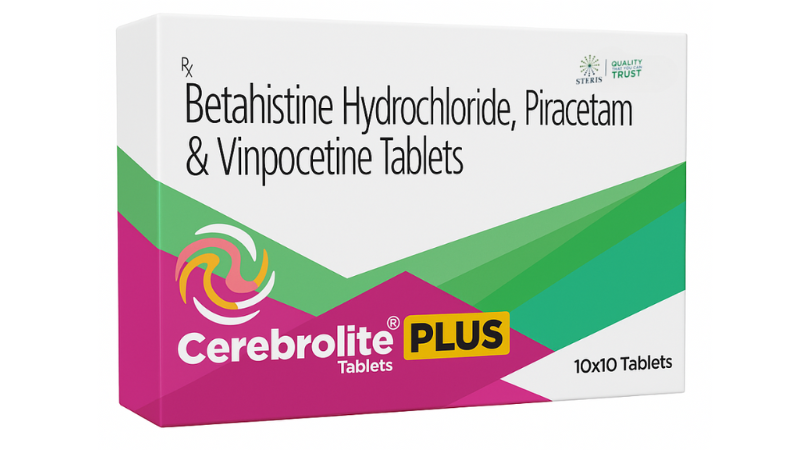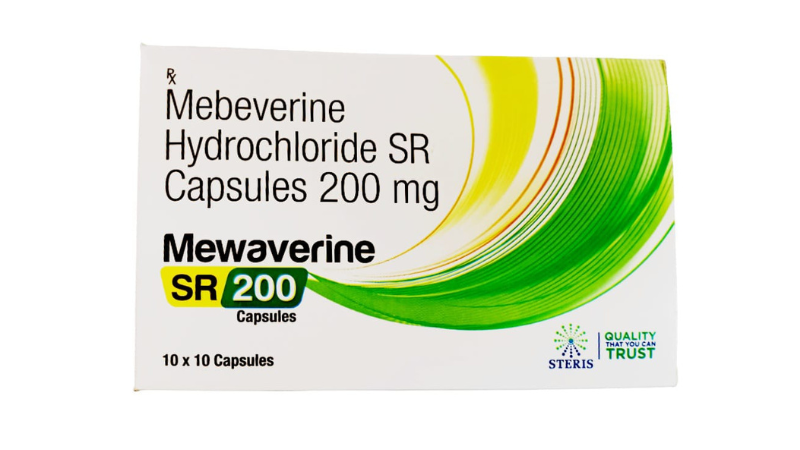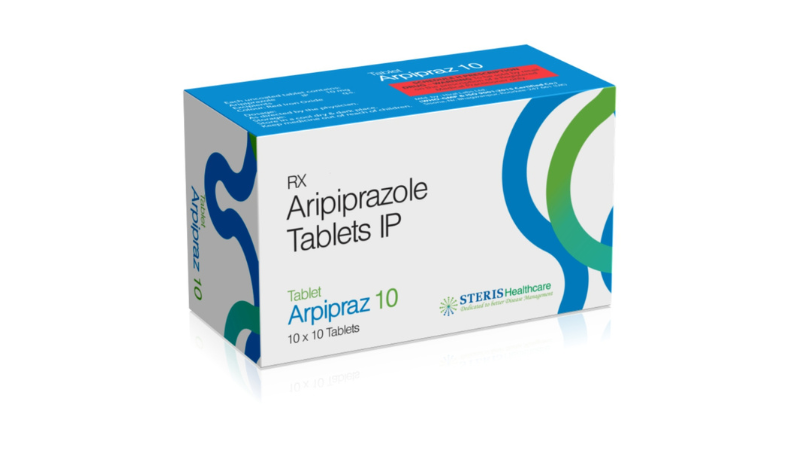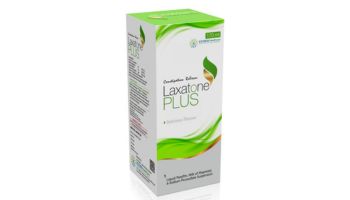Sodium Picosulphate + Milk of mg + Liq .Parafin syrup (170ml)
May 02, 2023
Sodium Picosulphate + Milk of mg + Liq .Parafin syrup
LAXATONE PLUS SYP is a combination of Sodium picosulfate, Milk of Magnesia, and Liquid Paraffin Syrup that are combined to create a medication used for the treatment of constipation.
Sodium picosulfate is a stimulant laxative that helps to increase bowel movements by stimulating the muscles in the intestines.
Milk of Magnesia, also known as magnesium hydroxide, is an osmotic laxative that works by drawing water into the bowel, softening the stool and making it easier to pass.
Liquid Paraffin is a lubricant laxative that helps to soften the stool and ease its passage through the bowel.
LAXATONE PLUS SYP works to provide relief from constipation by stimulating bowel movements, drawing water into the bowel, and lubricating the stool.
It is important to take this medication as directed by your healthcare provider and to drink plenty of fluids while taking it to prevent dehydration. Common side effects may include abdominal cramps, diarrhea, and bloating. It may also interact with certain medications, so it is important to inform your healthcare provider of all medications and supplements you are taking before starting treatment.
For further information please contact:
info@sterispharma.com
Recent Post

Please Take Care of Your Kidneys - Avoid Junk Food & Choose the Right Support for Healthy Living

Betahistine Hydrochloride, Piracetam and Vinpocetine Tablet.

Mebeverine Hydrochloride Sustained Release Capsules 200 mg

Stay Hydrated This Summer - Tips, Benefits & Best Products to Beat the Heat

Aripiprazole 10 mg uses, Dosage, Side Effects, and Benefits

How Melatonin Helps Fix Your Sleep Cycle Naturally

Top 7 Yoga Asanas to Lose Weight Fast and Naturally

Metoprolol Succinate Extended Release Tablets for Heart Health

What Are Substitute Medicines? Key Things to Know Before Taking Medicine Alternatives

Blood Donation: Benefits, Side Effects, Disadvantages, and Complete Health Guide

